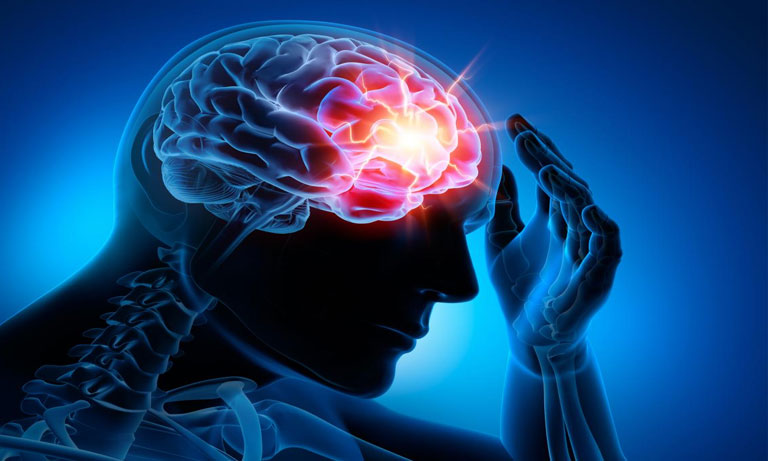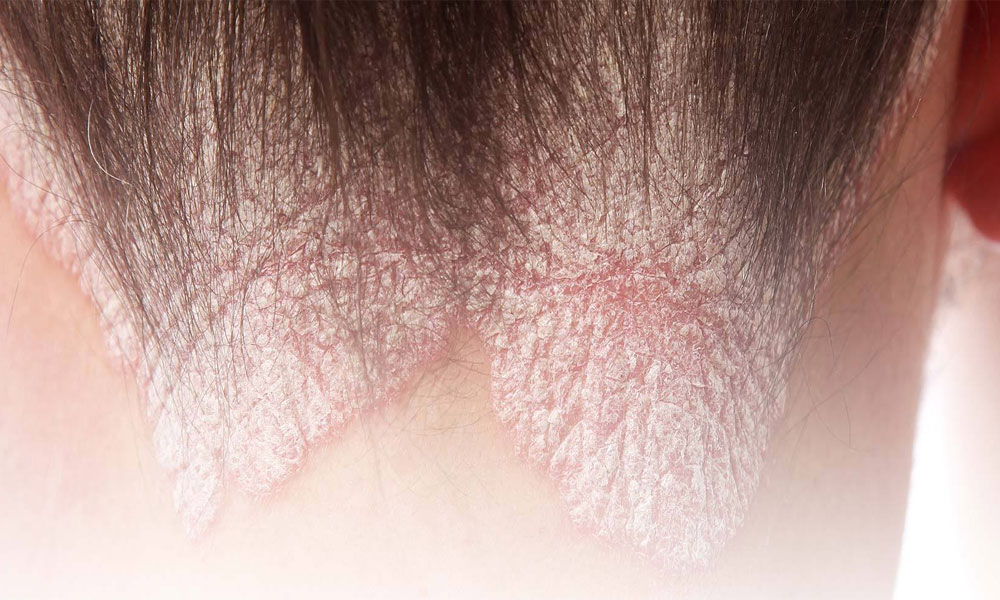Fits disease is medically known as epilepsy. It is a condition occurring due to the generation of abnormal electrical impulses in the brain. Epilepsy is a central nervous system (neurological) disorder in which brain activity becomes abnormal, causing seizures or periods of unusual behavior, sensations, and sometimes loss of awareness.
Anyone can develop epilepsy of any age group.
Seizure symptoms can vary widely.
What Are the Actual Causes of Epilepsy?
Causes of fits varies from age to age and from person to the person. Some people with no clear cause of epilepsy may have a genetic cause. But what’s true for every age is that the cause is unknown for about half of everyone with epilepsy.
- Some people with no known cause of epilepsy may have a genetic form of epilepsy. The link between genes and seizures can be very complex.
- About 3 out of 10 people have a change in the structure of their brains that causes the electrical storms of seizures.
- Some young children may be born with a structural change in an area of the brain that gives rise to seizures.
- About 3 out of 10 children with autism spectrum disordermay also have seizures. The exact cause and relationship is still not clear.
- In middle age, strokes, tumors and injuries are more frequent.
- In people over 65, stroke is the most common cause of new onset seizures.
Symptoms of Seizures
Symptoms of seizures varies widely and completely depending on the part of the brain affected by the electrical misfiring. In cases, you could hallucinate or convulsions, or you could lose consciousness.

- Generalized tonic-clonic: This is sometimes preceded by an aura – awareness of a strange odor, taste, or vision. You might lose consciousness and fall, and experience muscle rigidity (stiffness) or convulsions (jerking movements of the arms and legs). a person may also lose bladder control or bite your tongue.
- Generalized absence: This involves loss of awareness and blank stares or eyelid fluttering for up to 20 seconds.
- Simple partial: Although you don’t lose consciousness, you have involuntary movements, sensations, or psychic experiences such as awareness of a smell or a sense of déjà vu lasting several seconds.
- Complex partial: Initial disorientation is followed by strange movements of the arms or legs or odd vocalizations for one to three minutes, as well as loss of consciousness.
- Jacksonian: Muscle twitching begins in a single area and then progresses, for example, from the hand to the arm.
Treatments for FITS
There is currently no cure for most types of epilepsy. However, surgery can be the last option to stop some kinds of seizure, and in many cases, the condition can be managed.
If an underlying reversible brain condition is causing seizures, then surgery can stop those. If epilepsy is diagnosed, the doctor will prescribe seizure-preventing drugs or anti-epileptic drugs.
If medicines do not work, then the other option could be surgery, a special diet or vagus nerve stimulation.
In this condition doctor’s aims at preventing further seizures from occurring, while at the same time avoiding side effects so that the patient can lead a normal, active, and productive life.
Anti-epileptic drugs (AEDs)
The majority of AEDs are taken orally but it also depends on the type of seizure the patient has. Type of seizure will decide which drug the doctor may prescribe. Patients do not all react in the same way to drugs, but AEDs appear to help control seizures in 70 percent of cases.
Drugs commonly used to treat epilepsy include:
- sodium valproate
- carbamazepine
- lamotrigine
- levetiracetam
Few drugs are only suitable to some people facing seizures. Even when the right drug is found, it can take some time to find the ideal dose.




